On Thursday and Friday, we went on our second excursion to Normandy.
We left Saint-Brieuc at 7:30am on Thursday and headed directly to the Mont Saint-Michel, 1.5 hours away. The Mont Saint-Michel is a tiny 8th-century island-village with a large abbey sitting at its top. It has a population of about 50. The Mont Saint-Michel is mostly famous for its inaccessibility come high tide. Its tide is one of the most impressive in the world. At high tide, the water completely surrounds the island and covers the only access road. When the tide is at its lowest, the sea is barely visible on the horizon as the water withdraws about 7 miles (12km) away. This phenomenal tide movement is the result of the extreme flatness of the land. When the water comes back, it does so at the speed of a galloping horse!
After spending the whole morning visiting the abbey and wandering down the narrow streets of Mont Saint-Michel, we drove to the German War Cemetery in La Cambe, where approximately 21,000 German soldiers and military personnel who died during World War II are buried. Mont Saint-Michel aside, our second excursion was a very solemn visit to Normandy to remember D-Day and all those who gave their lives on that day and during the following weeks. The German cemetery offered an interesting contrast in terms of colors and choices of structures with the American cemetery which we were to visit on our second day.
At the end of our first day in Normandy, we visited La Pointe du Hoc, a 100-feet high cliff which was the highest point between Utah Beach to the west and Omaha Beach to the east. The German army had fortified the area with concrete casements and gun pits. On D-Day, the United States Army Ranger Assault Group assaulted and captured the Pointe du Hoc after scaling the cliffs. What I think impressed the students the most were the dozens of holes left after the impacts of explosive shells. I included an aerial view of the Pointe du Hoc that I did not take myself, but which talks best to the violence that took place there on D-Day.
Finally, after a full day of visits and emotions, we went to the small village of Grandcamp-Maisy where we spent the night. We arrived around 7pm, had dinner shortly after and more than half of the students ended their day with a late-night swim after dinner around 9pm. You will see on the pictures that there is still lots of sunlight. That's because in this part of France, the sun does not set before 10:30pm in the summer. A lot of our Indiana students have a hard time falling asleep early!
Our second day started with a visit to the Mémorial de Caen. The Caen Memorial is a museum dedicated to the history of violence and intensive, outstanding conflict in the 20th century, particularly World Ward II, but also the Cold War. The museum was officially opened on June 6 1988 (the 44th anniversary of D-Day) by the French President François Mitterrand. This year, to mark the 30th birthday of the Caen Memorial, the museum is hosting a retrospective exhibition which takes visitors back through the World Press Photo of the Year from each of the last 30 years. If you have a thick skin, I highly recommend you google those photos to sharpen your awareness of recent/current conflicts, but they are gut-wrenching. Next to the photos stood some steel taken from the fallen structure of the World Trade Center, given to France as a gift from the United States.
At the Memorial, we had lunch outside in the United States Memorial Garden. Just before lunch, we ran into Team Saumur! They had just finished their lunch and were getting ready to start the visit while we were about to leave. One of our students has a twin sister who is doing the program in Saumur. It was delightful to see them reunited even for a brief period of time.
After our visit to the Caen Memorial, we drove to the American Military Cemetery, which stands on top of a hill overlooking Omaha Beach. Some students went down to Omaha Beach to pay homage to the American soldiers who died on this beach. Omaha Beach is one of the many beaches that were part of the D-Day landings that took place on June 6 1944. Those landings were the most vital part of the greater Operation Overlord to liberate France and more generally Europe from years of German military occupation. The Allies had divided the 60-mile coastal stretch chosen for the invasion in Normandy into five sectors, code-named Sword, Juno, Gold, Omaha, and Utah. British forces landed at Sword and Gold, while Canadians landed at Juno. American forces landed at Omaha and Utah. Our visit at Omaha was very solemn. The students seemed well-aware of and well-informed about what happened there. On June 6 1944 alone, 3,686 American soldiers died on Omaha Beach. A lot of them were the same age as our students. In the pictures you will see, I included one famous black-and-white picture taken that day during the landing at Omaha. Right on top of the cliff that overlooks the beach lays the American Military Cemetery where about 10,000 American soldiers who died throughout the two-month long battle are buried.
Le Mont Saint-Michel
German war cemetery in La Cambe
La Pointe du Hoc
The hostel & the beach in Grandcamp-Maisy
The War Memorial in Caen
Team Saint-Brieuc and Team Saumur ran into each other at the Memorial!
Omaha Beach


























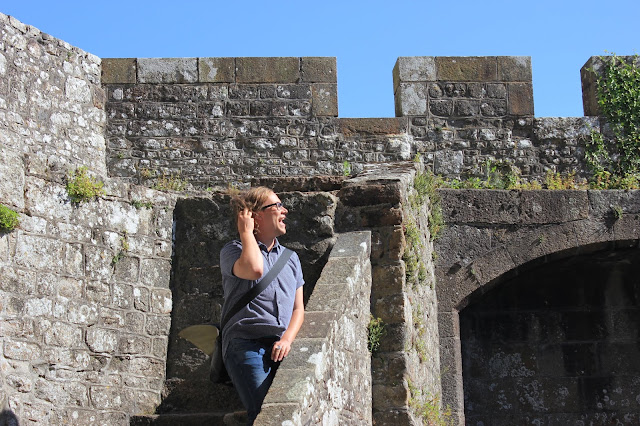







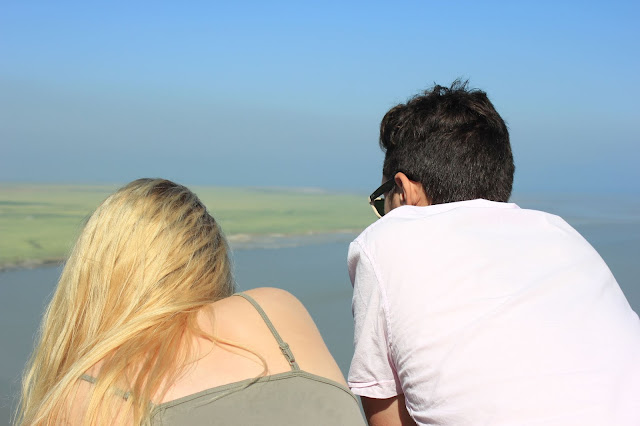
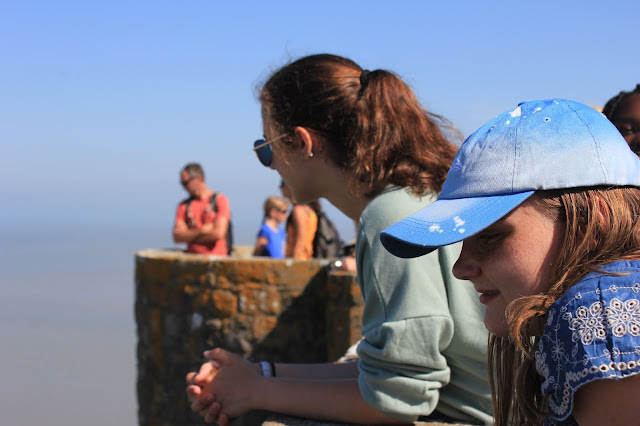






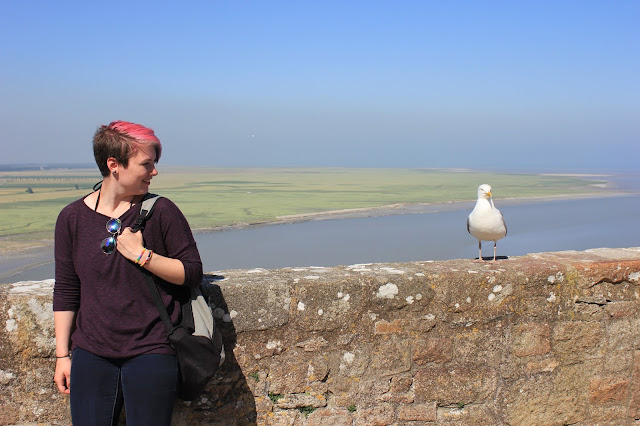







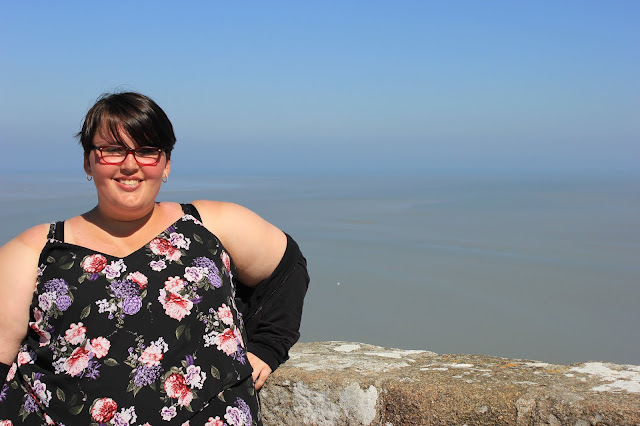







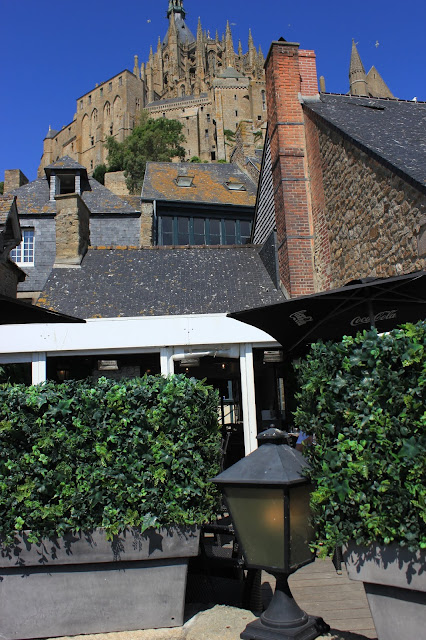








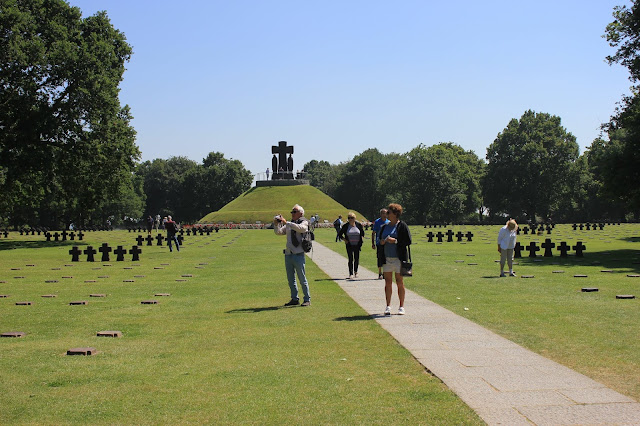


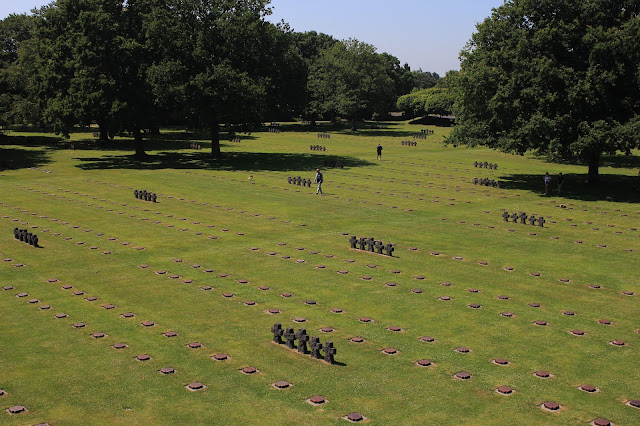





















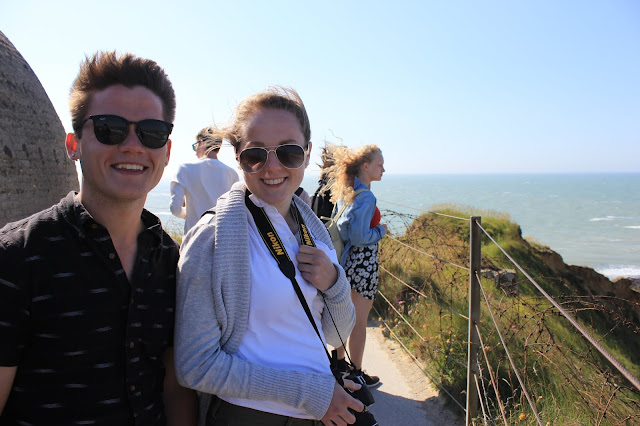

























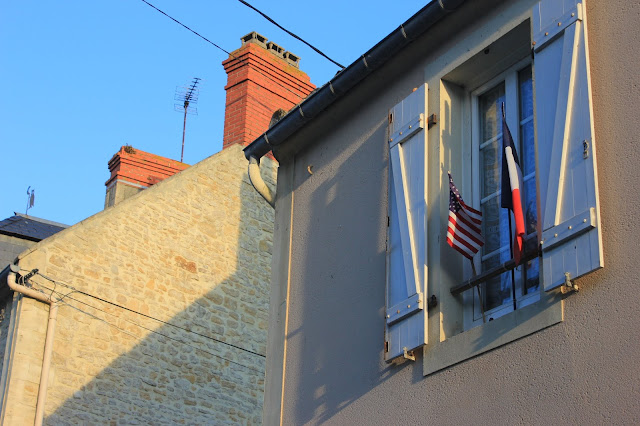


























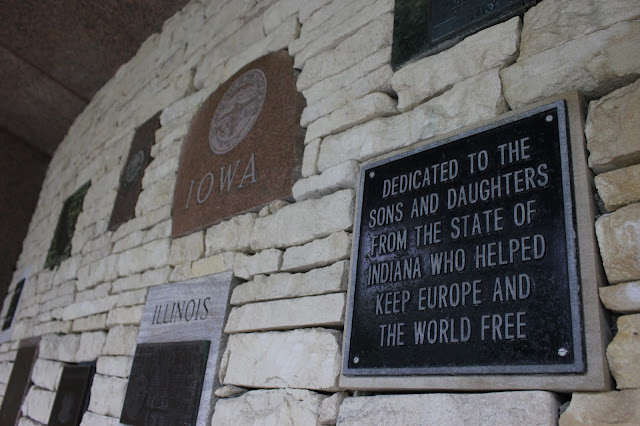





















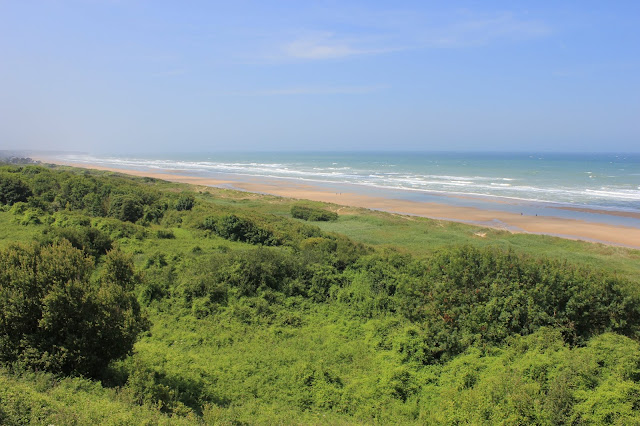












Fabulous pictures! Thank you SO MUCH!
ReplyDeleteHou la la! Magnifiques images!
ReplyDelete